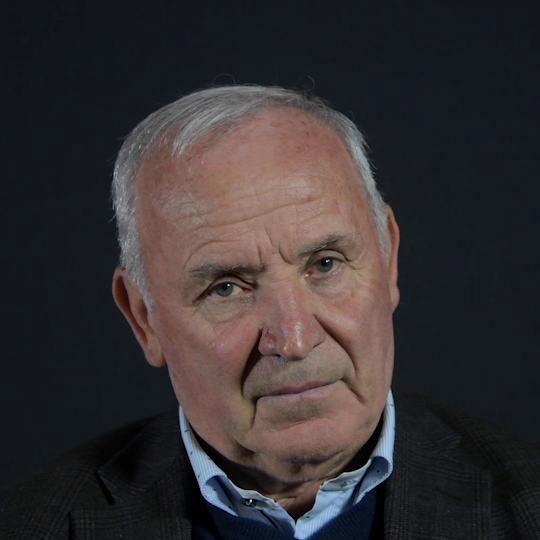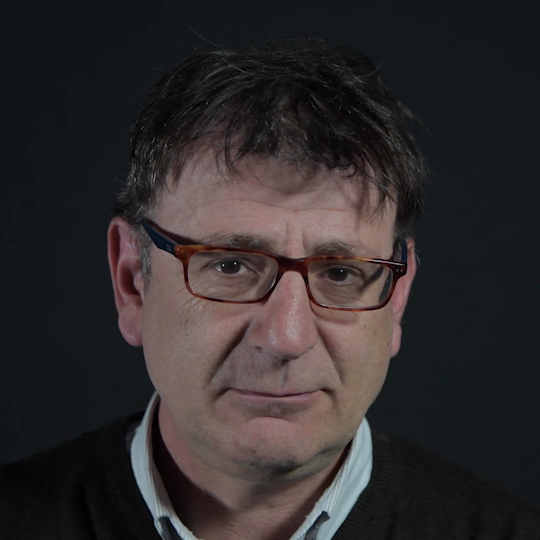Franco Bardi
Quality always pays
Our site saves small pieces of text information (cookies) on your device in order to deliver better content and for statistical purposes. You can disable the usage of cookies by changing the settings of your browser. By browsing our website without changing the browser settings you grant us permission to store that information on your device. I agree
This icon identifies the places described in the “Paesaggi Narrativi” (Narrative Landscapes)
This one, on the other hand, identifies the areas in the “Paesaggi del Benessere” (Landscapes of Wellness)
Check out this symbol which gives you a 360-degree view of the amazing landscapes
Three small villages, with a few hundred inhabitants just a short distance from each other, correspond to different lifestyles: each one has its own vocation, its own saint or blessed person, a museum. Trequanda is associated with a large Chianina cattle farm, Castelmuzio to the cultivation of the olive tree and Petroio to the production of terracotta. Activities that were in part complementary: jars were produced with a shape that was typical of Petroio but also to contain the local olive oil. The link between these places is the territory, so strong that it has received the recognition of “Historic Rural Landscape” by the Ministry of Agricultural, Food and Forestry Policies. Thanks to its sharecropping origins, it has given us back an uncontaminated landscape with a wide range of cultures. Trequanda is also linked to the miracles of the blessed Bonizzella Cacciaconti, Petroio to the preacher Brandano and Castelmuzio to the frequent visits of San Bernardino da Siena. The inhabitants, who are proud of their traditions, try to enhance the place of origin. Castelmuzio has become a “showcase village” full of attention and pleasant surprises for visitors and, while the local women continue to create the lunghetti (local variation of pici), young people organise themselves: they create small and large events and, in Petroio, a cooperative that will manage a well-known hotel.
The first mention of Trequanda dates back to 1198, although the place name is Etruscan, and may well refer to the hero, Tarkonte. Its location on the road that connected Siena to Chiusi in the Middle Ages, via Asciano, meant that it was often at the centre of various wars. In the 12th century, it was controlled by the Schialenghi-Cacciaconti counts. It was sold several times and, in 1318, belonged to the Tolomei family. Currently, a big castle occupies most of the town and the beautiful church in the main square is worth a visit. Castelmuzio was originally called Casal Mustia, which later became Castel Mozzo, perhaps due to the imposing tower which is its distinguishing feature. It is mentioned in a document dated 1213 as the property of the Scialenga, former lords of nearby Montisi and Petroio. After passing to the Republic of Siena in 1270, it became the property of Santa Maria della Scala until 1470, when the castle was bought by Andrea Piccolomini. The place is far from ordinary: it offers an extraordinary view of the countryside overlooking Pienza, Montepulciano and Monte Amiata. Petroio may well refer to the Etruscan Petruno, of the Latin Preatorium. In the early Middle Ages, it was “Castro Pretorio” with the church of San Pietro joined as a parish to the parish church of Sant’Andrea di Abbadia di Sicille (another Etruscan place name). In any case, written records of this ancient castle date from 1180. From the Scialenga family it was passed to the Salimbeni towards the end of the fourteenth century, then to the Piccolomini Bandini, before returning under direct control of Siena. The charming town, dominated by a tower that can be reached from a single spiral road, has remarkable churches and the Palazzo pretorio (praetorian building), which houses the original terracotta museum.

Quality always pays

Everyone in the town made pots

Mysticism and the pride of belonging

Quality always pays

Everyone in the town made pots

Mysticism and the pride of belonging